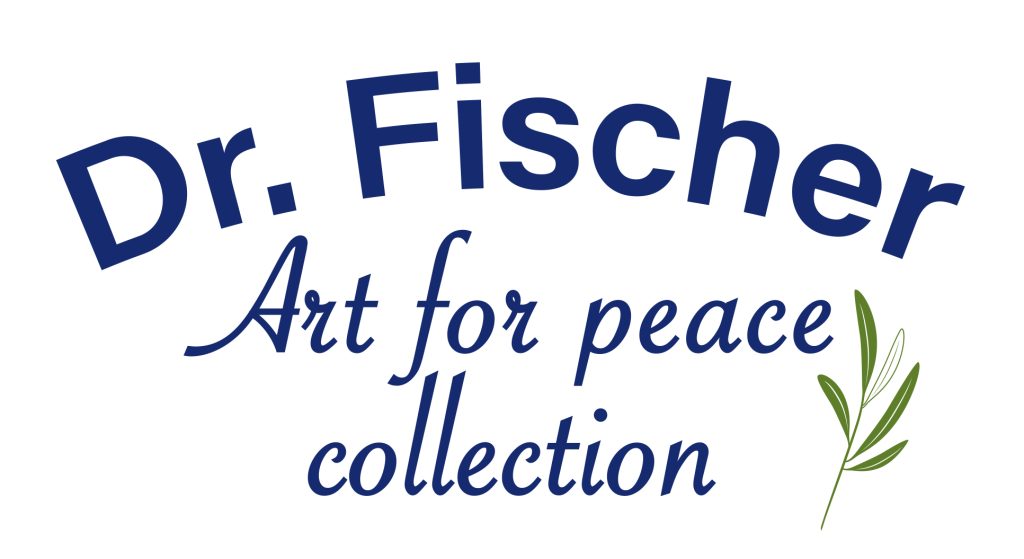Batia Doner
Curator, researcher, and lecturer in visual culture
The traditional definition of collecting includes searching, locating, purchasing, organizing, sorting, displaying, storing and maintaining items. According to this definition, the Fischer family are not art collectors in the conventional sense. For them, the art is not the goal, but rather the means to spread and instill values in the public’s consciousness. This consistent approach continues to guide them in the series of exhibitions held at the gallery in memory of Deborah Fischer, which has been operating since 2009 and is dedicated to the activities of non-profit organizations. Like in previous initiatives, here too, art is used in a variety of ways to promote values such as solidarity, cooperation, equality and coexistence or as Dr. Eli Fischer put it: “We are not art collectors, but peace collectors.”
“We are not art collectors, but peace collectors” (Dr. Eli Fischer)
The gaze never rests on one thing. It is always peripheral, always inclusive, always uniting an integration of several factors, of knowledge and practice, of collecting and values. This is the path that Eli Fischer outlined for his close environment—his family and the employees of the Dr. Fischer Corporation—and it is the concept that guided the creation, circulation and exhibition of the Peace Art collection.
The purchase of the Israel Postal Service’s first-day-of-issue collection of envelopes marking the signing of the peace agreement with Egypt and painted by Israel’s best artists as a gift to the Israel Security Fund (Libi), was the first step in a project of global reach. This was the core that launched a long-term and wide-ranging venture: presentation of the peace collection worldwide; expansion of the collection after the signing of the peace agreement with Jordan; an invitation to children of the world to draw their versions of the theme of peace; contactions with artists at various junctures such as the signing of the Abraham Accords with the UAE, and cooperation with artists in India to show artworks focused on the themes of coexistence, mutual respect and peace. As the collection grew, gaining dimensions and depth, it also included autonomous works of art on the subjects of peace and coexistence. Its exposure to the public arouses discussion about social values and stimulates the mechanisms of philanthropy and social engagement. Wherever exhibited, it becomes a focal point for discourse on a variety of activities and connections with the local community, artists, public figures and institutions. read more

